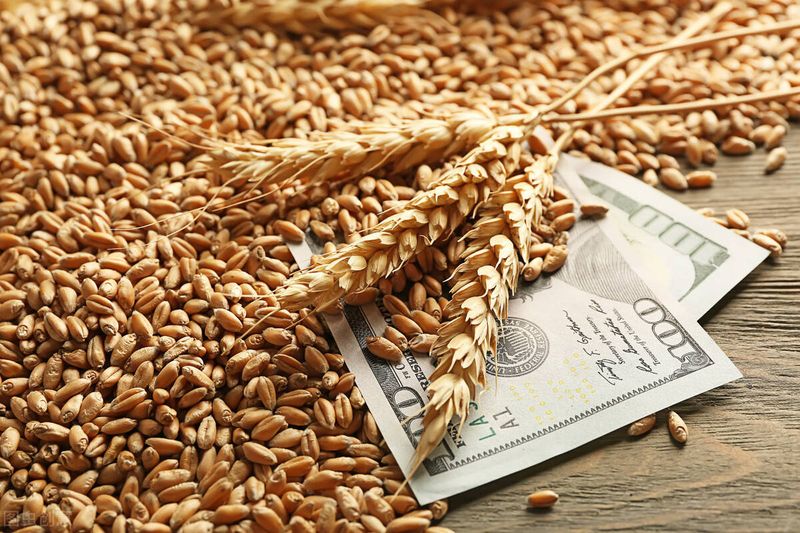Australuia: Growers give sagging market cold shoulder

Prices for feed grain have dropped by up to $20 per tonne this week to reflect the pressure of the Northern Hemisphere harvest on global values.
Tightening stocks in south-eastern Australia appear to be providing a floor in the barley market as up-country demand from mixed farmers and graziers keeps inland values at a premium relative to the equivalent export market.
A cold week across the grain belt has arrested crop growth and brought well-timed and much-needed falls of 10-20mm to parts of Victoria and South Australia.
| Prompt | July 11 | New crop | July 11 | |
| Barley Downs | $365 | $385 | $348 | $355 |
| ASW Downs | $370 | $380 | $350 | $365 |
| Sorghum Downs | $328 | $345 | $330 | $335 |
| Barley Melbourne | $342 | $350 | $328 | $340 |
| ASW Melbourne | $355 | $370 | $358 | $370 |
Table 1: Indicative prices in Australian dollars per tonne.
Cold and dry conditions have arrested growth in wheat and barley crops in Queensland, where trade is thin and coming mostly from grower-to-trade sales.
Barley stocks are running low in the north ahead of a big and early new crop, but wheat is filtering out of on-farm storage and depots, bound mostly for the consumer.
Sorghum is drifting into bulk export, mostly via Newcastle, and Alliance Grains director Luke Walker said it has found just about all the domestic homes it can after a prolonged and wet harvest.
“Feedlots were starting to look at sorghum, and then wheat got cheaper,” Mr Walker said.
Sorghum may have made its way into a few custom-feeder rations if its discount to wheat was big enough, but wheat’s tumble of recent weeks has priced it in and sorghum out.
Mr Walker said growers were looking at a big chickpea crop as their major cash earner straight off the header, and wheat being offered November-December has been attracting little interest.
Trade source say up-country grain in Victoria is more expensive than it should be relative to the delivered Melbourne market.
“There are two markets trading; if you want to buy it locally, you have to pay up.”
The abnormally thin spread between up-country and port demand reflects both strong demand for sheep and cattle feed, unusual at this time of year, and lacklustre export demand.
In the southern half of NSW, conditions range from bordering on too wet in parts of the Lachlan Valley to comfortable in much of the Riverina.
At Wagga Wagga, Peters Commodities trader Peter Gerhardy said 10-15mm early this week has bolstered moisture reserves in many of the district’s crops.
“We’re comfortable for now, but the crops are definitely late,” Mr Gerhardy said.
That extends to many Victorian and eastern South Australian regions, and Mr Gerhardy said growers were understandably loath to forward sell, based on yield prospects that are far from assured.
“New-crop is attracting no interest; no-one’s full of confidence.”
Consumers with more to buy ahead of new crop seem to be sitting out in the hope that more bearish news from the Northern Hemisphere filters south and prices drop accordingly.
Plenty of bunkers in Vic are yet to empty, so carryout of wheat into new-crop looks like being considerable.
“I think the consumer’s pretty comfortable; they’ve got a fair bit of cover on…and there are limited homes for grain at the moment.”
Read also
Wheat in Southern Brazil Impacted by Dry Weather and Frosts
Oilseed Industry. Leaders and Strategies in the Times of a Great Change
Black Sea & Danube Region: Oilseed and Vegoil Markets Within Ongoing Transfor...
Serbia. The drought will cause extremely high losses for farmers this year
2023/24 Safrinha Corn in Brazil 91% Harvested
Write to us
Our manager will contact you soon



